Car Manufacturers Install Refrigerators and TVs While Nature Tests Waterproofing and Fireproofing
In the current automotive industry, there is a well-known phenomenon where an arms race in configuration has swept through all car manufacturers. From continuous giant screens to multi-color ambient lighting, from in-car refrigerators to high-end audio systems, manufacturers spare no effort in piling up those luxurious features that are easy to market and can quickly attract attention.
However, when rare hailstones dent the car roof, relentless rain floods the streets, persistent high temperatures scorch circuits, and sudden drops in temperature drain battery life, these meticulously packaged redundant configurations seem so pale and powerless in the face of the consumers' most genuine predicaments.
Since the beginning of this year, many regions in China have experienced a series of extreme weather events, from rare hailstorms to prolonged high temperatures, from heavy rainfall to sudden drops in temperature. Especially from late September to early October, the southern regions faced continuous high temperatures while the northern regions saw active cold air. As of the time of writing, many areas have welcomed significant drops in temperature. These abnormal climate phenomena have presented unprecedented challenges for hundreds of millions of car owners nationwide.
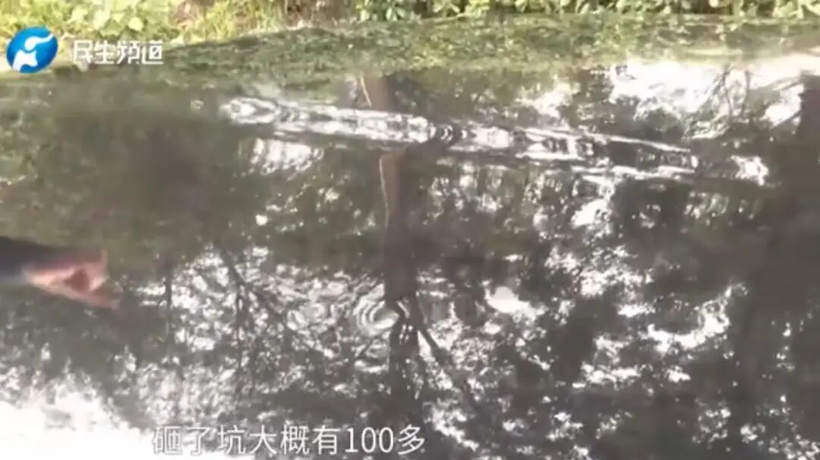
In contrast, this competition in the car market cannot provide any substantial help in the face of increasingly frequent extreme weather conditions.
From a broader perspective, car companies are keen to promote the size and number of screens, but rarely mention the responsiveness and reliability of the vehicle's system in heavy rain or extremely cold weather. They use Nappa leather to wrap the seats, yet fail to consider how the interior materials can effectively resist mold and bacteria during prolonged rainy weather.
It can be said that the configuration competition often provides only the icing on the cake, rather than timely assistance in extreme climates. Extreme weather is like a mirror, reflecting the vulnerable link beneath the prosperous facade of the current automotive industry. When a car lacks the most basic quality of being robust and durable, what do consumers really want?
01Extreme weather affects cars.
On the evening of May 13, Beijing experienced rare severe convective weather, with hailstones larger than 4 centimeters in diameter reported in several areas, including Shijingshan and Shunyi, with the largest ones approaching the size of eggs. Under the intense hail, vehicles parked outdoors suffered "unfortunate disasters": windows were instantly covered with spiderweb-like cracks, the metal roofs were dented and deformed, and some sunroofs were completely shattered.
The hailstorm resulted in 28,200 insurance claims in the Beijing area, with estimated losses reaching 193 million yuan. Even more concerning is that some car owners parked illegally under overpasses to avoid the hail, leading to severe congestion on the main roads of the Third and Fourth Ring Roads. Some consumers who had already paid for new cars but had not yet picked them up found that the roofs were pockmarked with numerous dents, resulting in no way to claim compensation.

In the aftermath of the hailstorm, floods followed in quick succession. In July, Wuqi County in Shaanxi was hit by heavy rains, causing the Beiluo River to overflow its banks. Streets along the river were flooded, several cars were washed away by the floodwaters, and some underground garages were inundated, resulting in vehicle damage. At the same time, places like Yingde and Huaiji in Guangdong experienced torrential rains, with rainfall reaching 160 millimeters in six hours, leading to frequent vehicle failures due to water exposure.
Extreme rainfall has led to a surge in the circulation of water-damaged cars. In August, a vehicle auction platform showed that over 4,000 new water-damaged cars are added to the market nationwide every day, most of which are total loss vehicles determined by insurance companies and are re-entering the market after repair or disassembly. Many netizens have expressed concerns that some repair shops may skip essential inspections, leaving hidden safety risks.
This summer, many regions in southern China experienced temperatures exceeding 40°C, putting the 270 million owners of fuel vehicles nationwide under multiple challenges. High temperatures caused a sudden rise in the engine compartment temperature, leading to the softening and damage of the insulation layer in older vehicles' wiring, significantly increasing the risk of short circuits and fires. The heat accelerated the evaporation of gasoline in the fuel system, and if fuel lines leaked, it could easily form a flammable mixture, becoming a mobile fire source.
At the same time, vehicles that are over 5 years old commonly experience air conditioning compressor failures, and frequent use of the air conditioning increases fuel consumption by 0.5 to 1 liter per 100 kilometers, creating a dilemma between "cooling and energy consumption." For these car owners, there is the poor experience of power and cooling insufficiency due to aging vehicles, along with the added concern of increased fuel consumption.
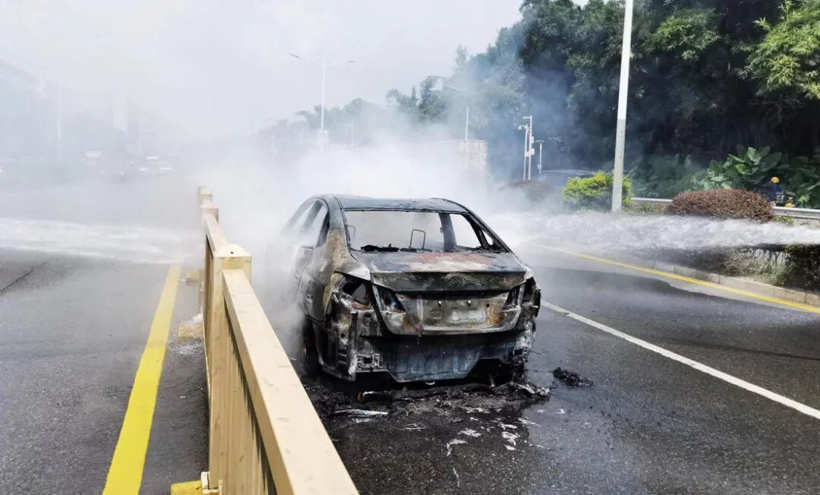
New energy vehicles also struggle in high temperatures. According to data from the National Emergency Management Department, there were 287 new energy vehicle fire incidents nationwide in the first three quarters of 2025, a 15% increase year-on-year. Although the annual spontaneous combustion rate of new energy vehicles (0.0044%) is still lower than that of fuel vehicles (0.0058%), high temperatures exacerbate battery risks.
In June, a new energy vehicle suddenly caught fire upon entering a parking lot in a certain area. Surveillance footage showed the car's body jolting violently before thick smoke billowed out within a few seconds, ultimately leading to the complete destruction of the vehicle. Initial assessments suggest that the fire was triggered by a battery thermal runaway caused by the chassis scraping against the ground. Industry analysts point out that the sustained high temperatures significantly increase the pressure on battery heat dissipation, and if there are issues such as insufficient sealing, it can easily trigger thermal runaway, which has become an important contributing factor to such incidents.
Extreme weather impacts extend beyond severe disasters, with persistent rain and sudden temperature drops also causing disturbances. In Zhumadian, Henan, continuous rain has led to high humidity levels, with many car owners reporting mold growth on car seats and floor mats. The proliferation of mold in air conditioning systems has resulted in unpleasant odors, which are difficult to eliminate even after replacing filters. In reality, this situation is more common during the plum rain season in southern regions.
After the onset of autumn in the northern regions, the sudden drop in temperature has caused range anxiety among new energy vehicle owners. Recently, temperatures in many northern areas have plummeted from nearly 30°C to around 10°C, causing the actual range of some models to drop by more than 40% compared to normal temperatures. The low temperatures have also led to decreased charging efficiency, bringing significant inconvenience to the daily travel of new energy vehicle owners.
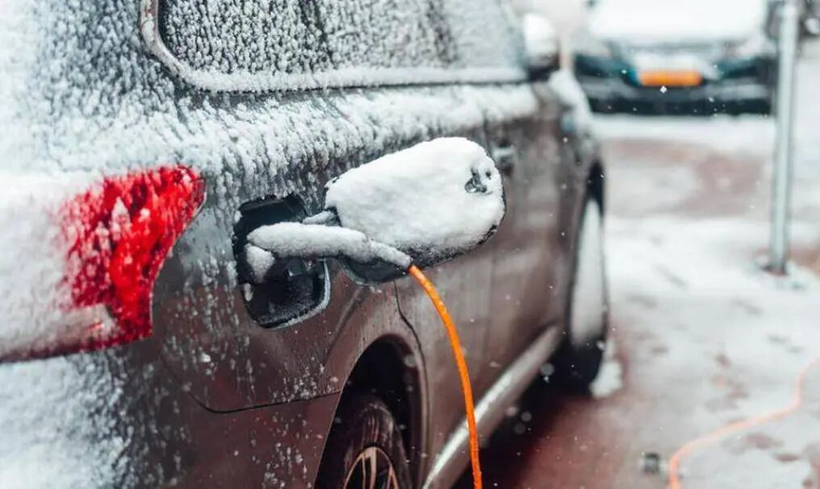
Of course, it's not just domestic cars that have these issues. The Car Quality Network released the "2025 Third Quarter Automotive Complaint Analysis Report," which shows that in the third quarter, the complaint volume for domestic, joint venture, and imported brands all increased. The complaint volume for 2025 models continues to rise. There has been a significant increase in complaints regarding quality issues, service issues, and comprehensive issues in the third quarter.
From the perspective of the proportion of faults related to quality issue complaints, the top issues are as follows: steering system noise, component aging, misaligned steering wheel, audio system failure, dashboard cracking, body rust, paint bubbling, and power battery failure.
In the future, as the climate system continues to evolve, cars may face more unpredictable extreme weather challenges. Salt spray corrosion in coastal cities might exacerbate the aging of precision components, severe sandstorms will test the sealing performance of the three-electric systems, and frequent freezing rain and frost will pose stricter durability requirements on chassis wiring harnesses and suspension structures.
This extreme test of automotive climate adaptability has just begun.
02Is it difficult to make a reliable car?
Human sorrows do not interconnect; only those car owners who have been pelted by hail, soaked by water, or worried about charging and range might wonder: Could the body panels of my car be a bit sturdier? Could the body’s sealing performance be improved? Could the self-combustion wear of various components slow down a bit? Should the chassis be corrosion and rust-proof for 10 years? Could the air conditioning have a sterilization function?...
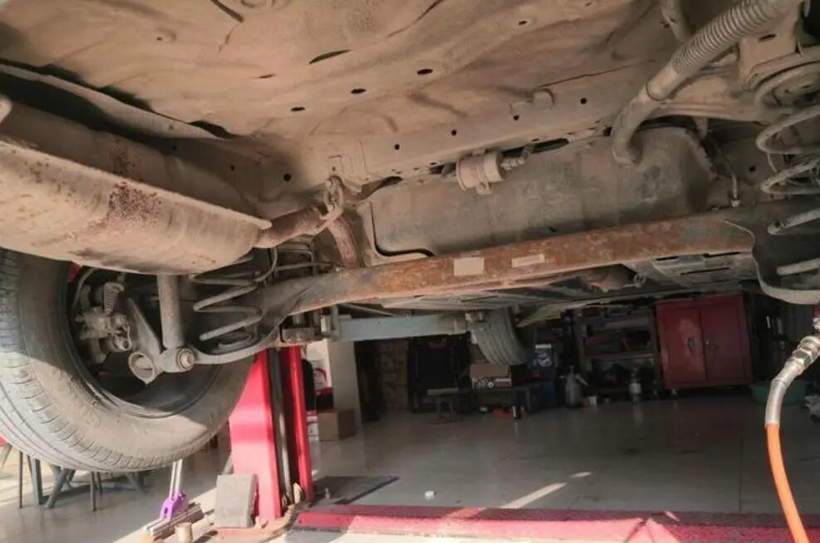
When car owners have to frequently recharge due to battery range being halved in sub-zero environments, and when aging fuel vehicles face increased fire risks from aging wiring in high temperatures, can that rotating central control screen or dazzling projection lights be replaced with better, more reliable, and higher quality components?
I believe that these consumers' concerns are specific; what they want in a car is safety and reliability.
Conversely, this polarization in the current reality is a result of automakers' short-sightedness. A large amount of research and development resources and marketing budgets are invested in features that create a buzz, such as comfort and entertainment, while relatively little is spent on the fundamental issue of improving the quality and resilience of vehicles in extreme weather conditions.
We need more reliable physical buttons and better-sealed doors and windows to cope with heavy rain and dust storms, between nothing and something, and between something and excellence. We need more robust tempered glass and more resilient body covering materials to withstand hail attacks. We need more precise and forward-looking battery thermal management warning systems and more aging-resistant wiring harness standards.
In the midst of the industry's internal competition for comfort and intelligence, there has been a certain degree of neglect in reinforcing and enhancing the baseline of safety and reliability under new climate challenges. However, during this intense arms race of configurations, there are a few car companies that have chosen to develop quietly.
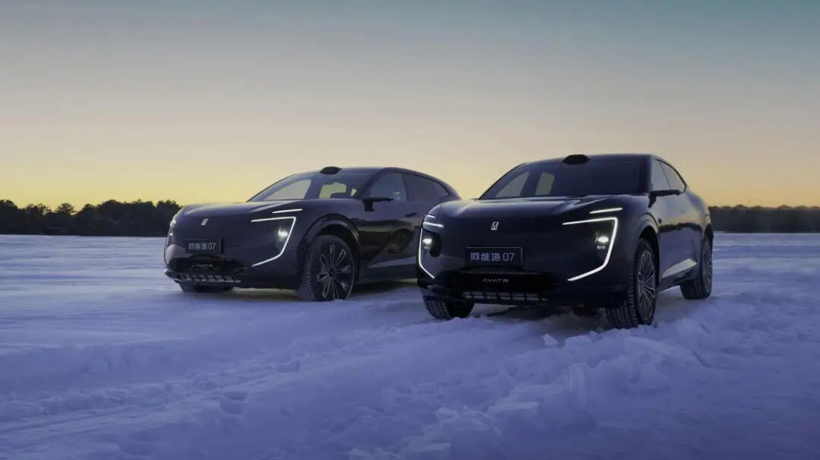
On August 26 this year, the Polar Research Center of China (China Polar Research Institute), the China Automotive Technology and Research Center, and Avita Technology (Chongqing) Co., Ltd. launched a strategic cooperation for the "Global Adaptation Development and Application of Advanced Common Technologies for New Energy Vehicles" and unveiled the "Innovation Base for Global Adaptation Development and Application of Advanced Common Technologies for New Energy Vehicles."
Zhang Zhiguo, Chairman of the Board and Party Secretary of the China Automotive Technology and Research Center Engineering Institute, stated: "This collaboration will simulate typical user scenarios in extremely cold environments to conduct functional safety fault injection tests on steering systems, braking systems, vehicle control systems, and electric drive systems. It will also develop and verify the functional safety of key component systems under extremely cold conditions. After the vehicles land in Antarctica, adaptive development and application testing will be organized."
On October 11th, Great Wall Motor officially signed an agreement with the Polar Research Institute of China, announcing that they will support China's polar expeditions. The two parties will jointly carry out research and testing projects for the development of scientific expedition vehicles for the Arctic and Antarctic. The Tank 300 will undertake important missions such as transporting scientific expedition materials, commuting personnel, and providing emergency support, verifying the reliability and adaptability of Chinese manufacturing in real polar environments.
At first glance, these two pieces of news may seem unremarkable in the current automotive public opinion environment. However, the strategic foresight and industrial significance they contain go far beyond conventional configuration accumulation.
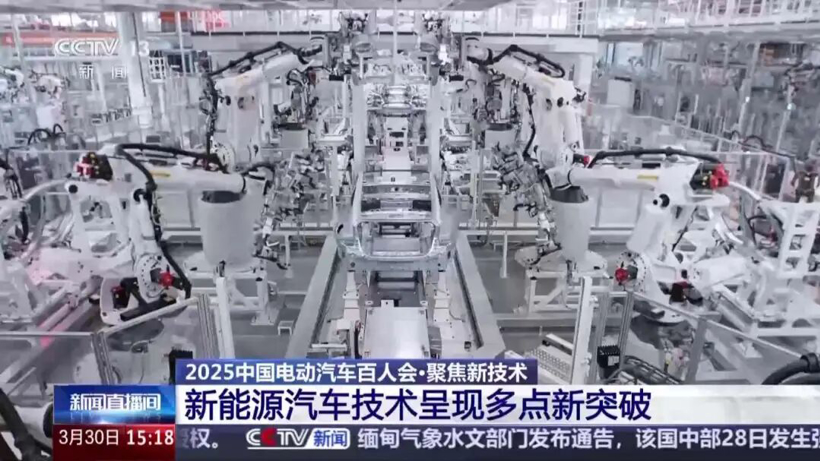
While most competitors are still focused on the urban commuting scene, these car manufacturers have set their sights on the extreme boundaries of human activity. The polar regions, as the harshest natural testing grounds on Earth, present the ultimate challenge to the performance, reliability, and durability of vehicles with their extreme cold, strong winds, and complex road conditions.
Choosing to endure hardships in the polar regions is an extreme stress test conducted voluntarily. The technologies and components validated in this environment, along with the accumulated data and experience, will cascade back into civilian vehicle models like a waterfall. A battery management system or electric drive system that can operate stably on the Antarctic ice sheet will undoubtedly see a qualitative improvement in its ability to handle the generally low temperatures of northern winters in our country.
For a long time, although Chinese brands have made significant strides in market share, there is still a need for improvement in top-notch mechanical quality and extreme environmental reliability. Actively challenging harsh conditions means that Chinese automobiles can not only lead in configuration and cost-effectiveness but also, with superior reliability and adaptability, penetrate any global market.
This forward-looking is no longer a short-term behavior that follows market trends, but rather a long-term investment that leads the industry and defines future standards, truly considering consumers through real experimentation. It also signifies a return to the original essence of the automobile, becoming a mode of transportation that can conquer any environment and is absolutely trustworthy.
【Copyright and Disclaimer】The above information is collected and organized by PlastMatch. The copyright belongs to the original author. This article is reprinted for the purpose of providing more information, and it does not imply that PlastMatch endorses the views expressed in the article or guarantees its accuracy. If there are any errors in the source attribution or if your legitimate rights have been infringed, please contact us, and we will promptly correct or remove the content. If other media, websites, or individuals use the aforementioned content, they must clearly indicate the original source and origin of the work and assume legal responsibility on their own.
Most Popular
-

Dow, Wanhua, Huntsman Intensively Raise Prices! Who Controls the Global MDI Prices?
-

Clariant Unveils Cost-Cutting Plan Details, Plans to Shut Down Multiple Plants
-

[Today's Plastics Market] General Materials Weakly Fluctuate, Engineering Materials Steadily Rise
-

Daily Review: Polyethylene Prices Under Weak Consolidation, Sellers Face Significant Pressure to Move Inventory
-

EU Plans to Introduce New Rules Banning 100% Procurement of Chinese Products! Asahi Kasei and Teijin Reach Absorption Merger Agreement






